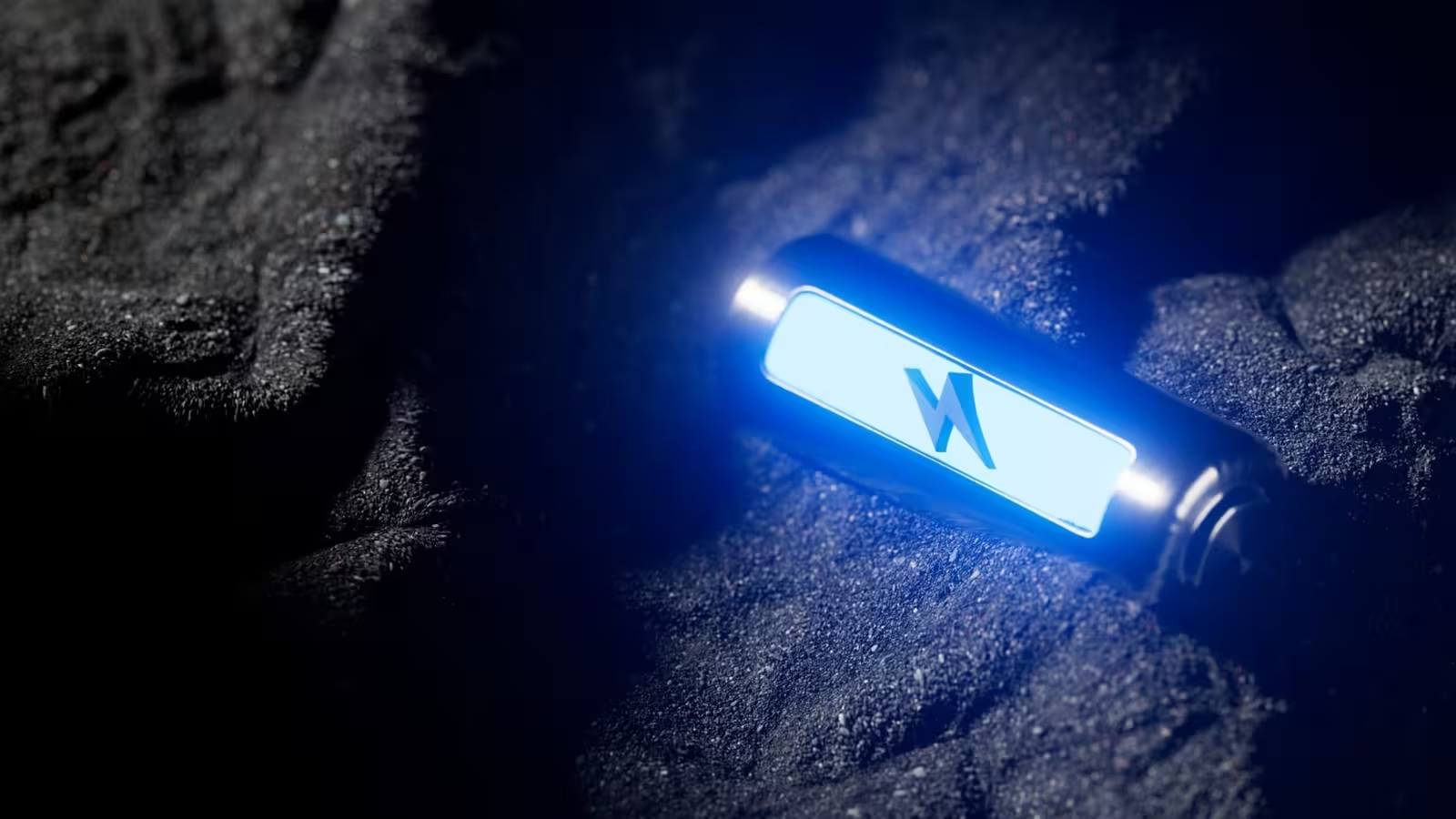6 Minutes
Revolutionizing Battery Cathodes with All-in-One Materials
Advancements in energy storage technologies—especially lithium-ion batteries—are critical for powering the future of electric vehicles, renewable energy grids, and portable electronics. One of the most significant bottlenecks has been optimizing cathode materials to simultaneously achieve high conductivity, efficient ion transport, mechanical stability, and low manufacturing costs. Traditionally, battery cathodes are complex composites that combine several materials: one facilitates ion transport, another ensures high electrical conductivity, and a third may store the ions. However, the interfaces between these materials often lead to chemical instabilities, gradual capacity loss, and expensive manufacturing processes.
A team of researchers, primarily based in China, have announced the development of a novel cathode material that addresses these long-standing challenges. This innovation features a lithium iron chloride compound engineered to perform multiple critical functions within a single phase, paving the way for more robust, longer-lasting batteries at lower cost.
Scientific Context: The Multifunctional Challenges of Cathode Design
Lithium-ion battery electrodes must excel in several demanding aspects: they need to efficiently conduct electrical charges, enable smooth lithium-ion movement between battery terminals, and withstand the mechanical stresses associated with continuous cycling. As lithium ions enter and exit the electrode during charge and discharge, they induce expansion and contraction of the material—ultimately risking cracks, voids, and loss of performance. To compensate, most batteries use composite materials, blending multiple compounds to juggle these requirements. Yet, each added material introduces complex interfaces prone to degradation, which diminishes battery life and reliability.
Breakthrough: The Self-Healing Li1.3Fe1.2Cl4 Cathode
Determined to streamline cathode architecture, the research team pursued a single, unified material solution. Inspired by promising results from chloride-based compounds—which are adept at ion movement yet traditionally poor conductors—the scientists pre-loaded a form of iron chloride (a widely available, low-cost compound) with lithium. Their target composition: Li1.3Fe1.2Cl4.
Atomic Structure and Ion Dynamics
Through advanced molecular simulations, researchers found that this compound forms a unique crystalline architecture resembling two connected four-sided pyramids—structures familiar in geometry and gaming as "d8" dice. Lithium ions occupy the corners, and the open lattice enables those ions to move freely between available sites during charging and discharging. This novel arrangement not only boosts ion conductivity but also provides efficient storage positions for lithium ions.
Manufacturing Approach
Production of Li1.3Fe1.2Cl4 involved blending lithium chloride with two forms of iron chloride. The team used a rapid ball-milling process to pulverize and mix these powders, followed by heating at 200°C overnight to create the battery-ready material. While this laboratory technique delivers promising prototypes, there are scalability concerns for mass production to be addressed in future research.
Performance Benchmarks and Fast-Charging Advantages
In operational tests, batteries utilizing the new material achieved energy densities comparable to established iron phosphate (LFP) cathodes, which are known for their reliability rather than sheer capacity. A unique feature of this cathode is its ability to retain more charge when operated at higher current rates—meaning it actually performs better during rapid charging, a rare trait among battery materials, which typically fare worse at high rates.
Durability testing further underscores its strength: after 3,000 cycles—equivalent to roughly a decade of daily use at fast charging speeds—the cathode retained over 90% of its original capacity. This exceeds industry standards, where most electrodes see greater performance declines over similar cycles, especially under aggressive charge-discharge scenarios.
Key Material Properties: Conductivity and Solid-State Electrolyte Potential
While the material’s intrinsic electrical conductivity is moderate, this can be readily enhanced by blending in a small amount (about 2% by weight) of conductive carbon. Furthermore, the cathode shows promise as a dual-purpose material: besides acting as a Faradaic electrode, it can function as a solid-state electrolyte layer. This means it can not only facilitate ionic transfer between cathode and anode but also offer additional storage if the primary material's capacity limit is reached—paving the way for innovative battery architectures.
Mechanism: Self-Healing Through Phase Transitions
The standout feature of Li1.3Fe1.2Cl4 is its exceptional resistance to degradation. Scientific analysis reveals this is due to reversible phase transitions during battery cycling: as lithium ions enter and leave the lattice, the relative positions of iron and chloride atoms shift, moving the material through three distinct structural phases. This dynamic rearrangement allows the material to expand by around 8% upon full lithiation, accommodating strain without fracturing.
Remarkably, the compound transitions from a brittle state to a more ductile, flexible condition as it charges and discharges—a behavior further aided by the moderate heating during operation. The researchers observed that cracks and voids that might appear initially are "completely healed upon charging," ensuring long-term structural integrity through self-repair. This breakthrough self-healing property likely underpins the material’s equally impressive cycle life and stable capacity over many years.
Outlook: Potential Impacts and Next Steps
Beyond its core performance, Li1.3Fe1.2Cl4 is composed of inexpensive, earth-abundant ingredients, aligning with global efforts to reduce the environmental and economic costs of battery manufacturing. Its rapid charging ability and high cycle stability could especially benefit sectors requiring robust, long-lived battery systems—such as electric vehicles, grid-scale storage, and consumer devices.
The primary challenge ahead is scaling up production. The ball-milling and heating process, while effective for laboratory quantities, may not directly translate to industrial-scale manufacturing. The research group is actively exploring alternative synthesis pathways to enable consistent, cost-effective mass production of this material.
Conclusion
This pioneering work demonstrates that even the well-established field of lithium-ion batteries still harbors untapped chemical and engineering innovations. Li1.3Fe1.2Cl4 heralds a new direction for cathode design—offering high capacity, resilience, and unprecedented self-healing abilities while utilizing readily available elements.
As research continues to refine manufacturing techniques and explore further material optimizations, this breakthrough may shape the next generation of high-performance, sustainable, and reliable battery technologies. The discovery serves as a reminder that complex challenges in battery science can sometimes be met with elegant, multifunctional solutions.



Comments